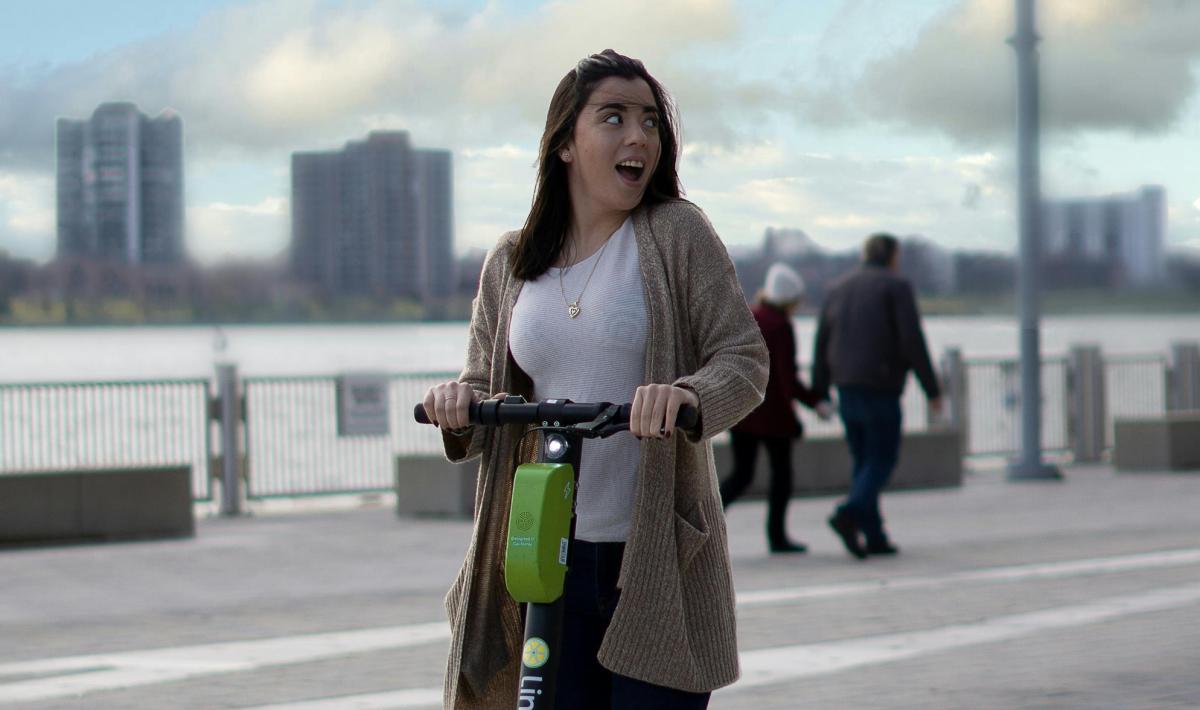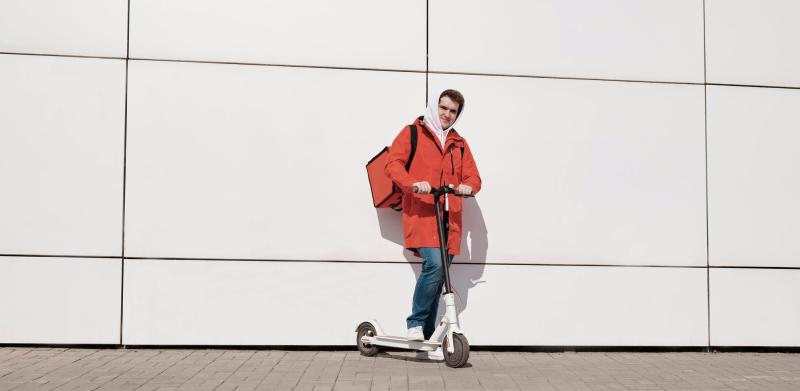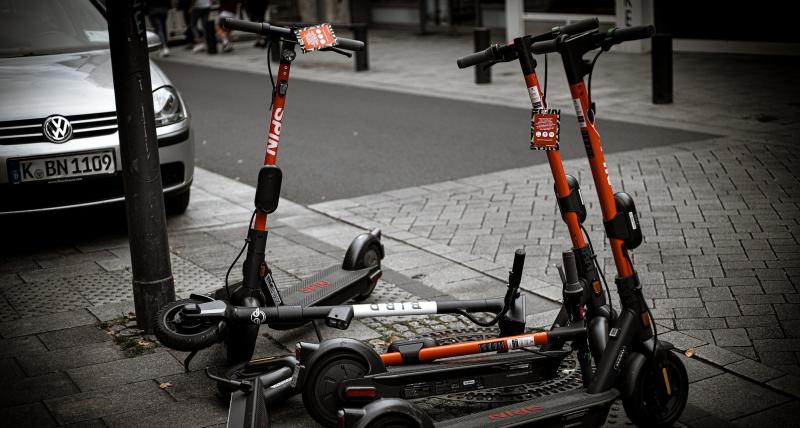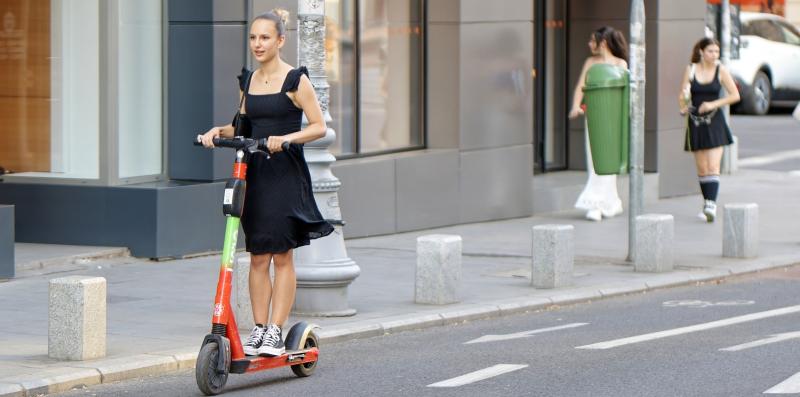Riding an electric scooter in traffic can be an efficient way to commute, but it also requires heightened awareness and caution. With the right techniques and safety measures, you can confidently navigate busy streets while staying safe. In this guide, we’ll cover essential tips for riding your electric scooter safely in traffic, helping you stay visible, follow traffic rules, and avoid potential hazards.
Why Safety Matters When Riding in Traffic
Riding in traffic poses unique challenges, as you’ll need to share the road with cars, buses, and pedestrians. Electric scooters are smaller and less visible than cars, so taking extra precautions is essential to avoid accidents and ensure a smooth, safe ride. By following traffic laws and staying alert, you can reduce risks and enjoy your ride, even in the busiest areas.
Top Tips for Riding Your Electric Scooter Safely in Traffic
1. Wear Protective Gear
Safety starts with wearing the right gear. Always wear a helmet when riding your electric scooter, as head injuries can be severe in the event of a fall or collision. Consider additional protective gear such as knee and elbow pads, especially if you’re new to riding in traffic.
- Helmet: A high-quality, properly fitting helmet is essential for protecting your head in case of an accident.
- Reflective Clothing: Wear bright, reflective clothing or accessories to increase your visibility to drivers, especially during early mornings, evenings, or in poor weather conditions.
2. Follow Traffic Rules and Signals
Riding your electric scooter in traffic means you need to follow the same rules of the road as other vehicles. This includes obeying traffic lights, stop signs, and speed limits. Stay in designated bike lanes when available, and ride with the flow of traffic, not against it.
- Obey Traffic Signals: Stop at red lights and stop signs just as you would if driving a car or riding a bike.
- Use Bike Lanes: If bike lanes are available, use them to avoid riding directly in traffic. Bike lanes provide a safer space for scooters and cyclists.
- Ride in the Same Direction as Traffic: Never ride against the flow of traffic, as this can confuse drivers and increase the likelihood of accidents.
3. Stay Visible
One of the biggest risks when riding an electric scooter in traffic is being less visible to drivers. To stay safe, ensure that you’re easily seen by cars, trucks, and buses. Here’s how:
- Use Lights: Equip your scooter with front and rear lights, even during daylight hours. In low-light conditions or at night, use bright, flashing lights to make yourself more noticeable.
- Wear Reflective Gear: Reflective vests, jackets, or bands can help you stand out, especially in poor weather or low visibility.
- Make Eye Contact: When crossing intersections or when cars are turning, try to make eye contact with drivers to ensure they see you.
4. Maintain a Safe Speed
Riding too fast in traffic can make it harder to stop in time or react to sudden obstacles. Keep your speed moderate, especially when riding near pedestrians, intersections, or in areas with heavy traffic. While electric scooters can reach high speeds, it’s essential to adjust your speed based on the conditions around you.
Pro tip: Reduce your speed when riding in wet or slippery conditions to avoid losing control.
5. Be Aware of Blind Spots
Cars and larger vehicles have blind spots where they may not see you, particularly when changing lanes or turning. Always be aware of vehicles around you and try to avoid riding in blind spots. If you’re next to a vehicle, especially a bus or truck, either slow down or speed up to get out of their blind spot quickly.
Pro tip: Avoid riding alongside large vehicles at intersections, as they may not see you when turning.
6. Signal Your Movements
Just like cyclists, electric scooter riders need to signal their turns and lane changes to other drivers. Use hand signals to indicate your intentions well in advance, giving drivers plenty of time to react. If you’re unfamiliar with hand signals, here’s a quick guide:
- Left Turn: Extend your left arm straight out to signal a left turn.
- Right Turn: Extend your left arm out and bend it upwards at a 90-degree angle, or extend your right arm straight out to signal a right turn.
- Stopping: Extend your left arm downward to signal that you’re slowing down or stopping.
7. Watch for Opening Car Doors
One common hazard for scooter riders is “dooring,” which occurs when a parked car suddenly opens its door into the street. To avoid dooring, always ride a safe distance from parked cars—about a door’s width away. Stay alert and look for signs that a car may be occupied, such as brake lights, people inside, or movement.
Best practice: If you must ride close to parked cars, slow down and be prepared to stop if a door opens unexpectedly.
8. Ride Defensively
Defensive riding means anticipating the actions of other road users and being prepared to react quickly to avoid accidents. Assume that drivers may not see you, and stay focused on the road ahead. Here’s how to ride defensively:
- Stay Focused: Keep your eyes on the road and avoid distractions, such as checking your phone or listening to music with headphones.
- Leave Extra Space: Maintain a safe distance from vehicles and other cyclists to give yourself enough time to react to sudden stops or obstacles.
- Anticipate Driver Behavior: Watch for signs that a car may be turning, merging, or stopping, and adjust your position accordingly.
9. Be Extra Cautious at Intersections
Intersections are some of the most dangerous places for scooter riders in traffic. Cars may not see you when turning, and pedestrians may step into the road unexpectedly. Always approach intersections with caution, even if you have the right of way.
- Slow Down: Reduce your speed when approaching intersections to give yourself more time to react to other road users.
- Check Both Ways: Even if you have the green light, always check for oncoming traffic before crossing an intersection.
- Make Eye Contact: Try to make eye contact with drivers before crossing their path to ensure they’ve seen you.
10. Know When to Yield
Even if you have the right of way, it’s sometimes safer to yield to larger vehicles or cars if you’re unsure whether the driver has seen you. When in doubt, yield and wait for a safer opportunity to cross or move forward.
Pro tip: If you’re riding on busy roads and feeling unsafe, it’s okay to pull over and let traffic pass before continuing your journey.
Real-Life Example: Navigating City Traffic Safely
Emily, an electric scooter commuter in Los Angeles, navigates heavy traffic daily on her way to work. By following safety rules like wearing a helmet, using reflective clothing, and signaling her turns, she has been able to safely share the road with cars and buses. Emily also rides defensively, keeping a safe distance from large vehicles and staying alert for potential hazards. Her cautious, responsible riding habits have helped her stay safe, even on busy city streets.
Conclusion: Riding an Electric Scooter Safely in Traffic
Riding an electric scooter in traffic requires extra caution, awareness, and adherence to safety rules. By wearing protective gear, following traffic laws, staying visible, and riding defensively, you can navigate busy streets safely and confidently. Whether you’re commuting to work or running errands, these safety tips will help you avoid accidents and enjoy your ride.
Remember, safety always comes first. Stay alert, signal your movements, and ride within your limits to keep yourself and others safe on the road.



